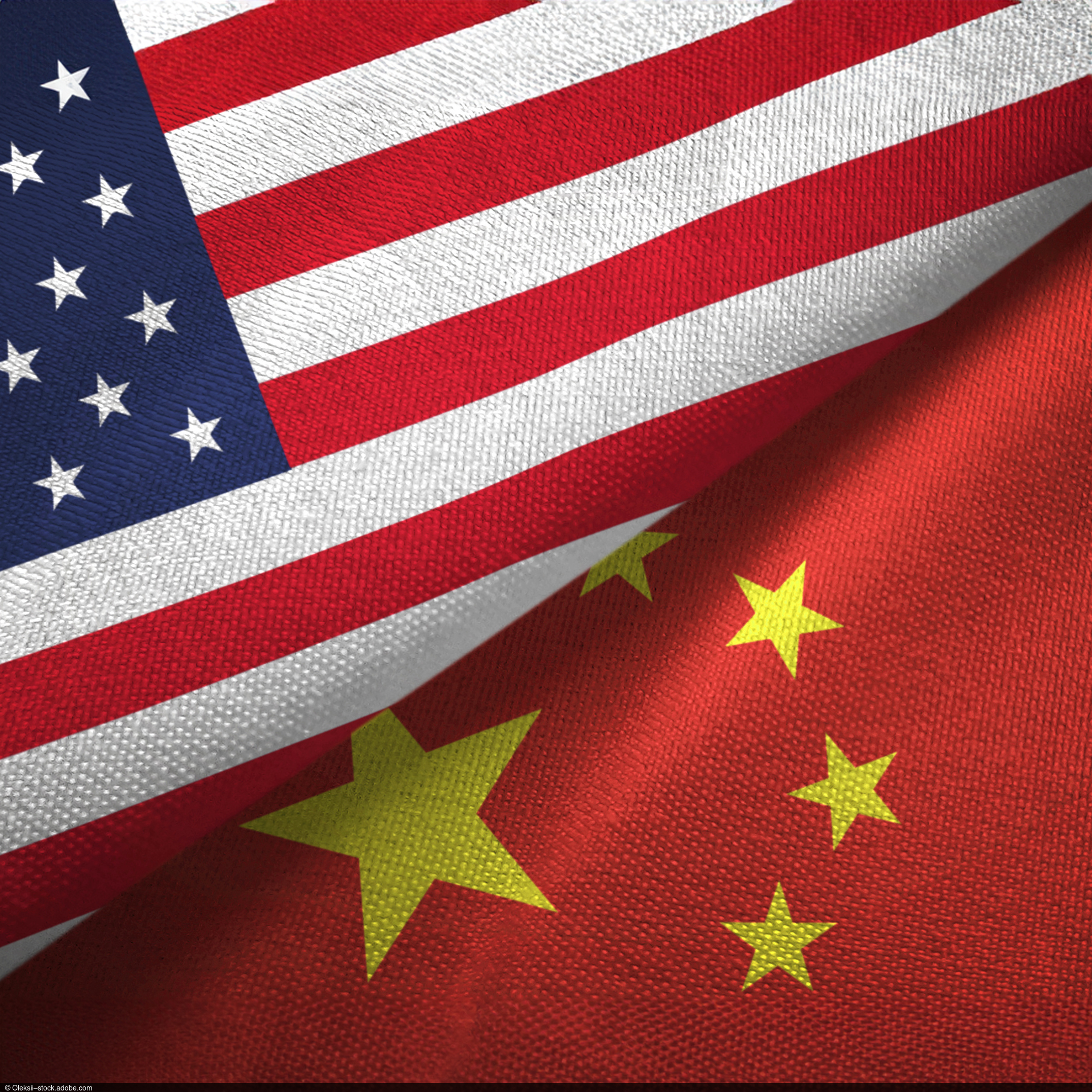USA Maintains Lead over China in Key Technologies
ResearchZEW Study on Technology Sovereignty and Dependencies
The United States continues to lead in the technology sector, despite China filing more patents through the Patent Cooperation Treaty (PCT) since 2019. However, China’s focus on quantity over quality in patent applications has not resulted in inventions with significant global impact. Additionally, the People’s Republic is more dependent on technologies from other regions and is therefore unlikely to take over technological leadership from the US. These are the findings of a study conducted by ZEW Mannheim, Goethe University Frankfurt, and the IÉSEG School of Management Paris on the technological sovereignty of Europe, the US, China, Japan, and Korea, based on PCT system data.
“Current global events pose a challenge for China. While the country has made significant progress in the number and influence of inventions, it still depends on other regions and actors,” says Professor Philipp Böing, a researcher in ZEW’s “Economics of Innovation and Business Dynamics” Unit. “For Europe, it is strategically beneficial to collaborate with leading technology nations such as the US, Japan, and Korea while reducing dependencies. Policymakers should focus on promoting key technologies, where Europe has already gained advantages. Simultaneously, Europe should avoid future dependencies on Chinese innovations.”
Patent applications by regions
The ZEW study examines the number of patent applications in the PCT system from 2000 to 2020. The PCT system is administered by the United Nations’ World Intellectual Property Organization and allows for the protection of intellectual property in up to 157 countries. Use of the PCT system has significantly increased, from 97,414 applications in 2000 to 254,008 applications in 2020. This growth is strongly influenced by East Asian countries, with China leading PCT filings since 2019. The shift in innovation activity from the West to East Asia is clearly evident: whereas in 2000, still over three-quarters of PCT applications came from the USA and Europe, over half of the global PCT applications in 2020 originated from China, Japan, and Korea.
Different impact of inventions
However, the rise in patent filings is only one side of the coin, as the actual impact of inventions is not readily observable. In the study, the researchers developed a measure using citations generated by international search reports (ISR) during PCT applications from 2000 to 2017. The results show that patents from the US are cited more frequently, while patents from China are cited less often. Japanese and Korean patents are initially cited more than European patents but lose significance over time. US patents not only receive more ISR citations but also have a stronger influence in all geographic and technological areas. “Although China improved its bilateral influence in the 2010s, its recent growth trend is similar to that of the US and Europe, albeit starting from a lower level. Our results do not suggest that China is on the verge of surpassing the US,” adds co-author Professor Elisabeth Müller, a ZEW Research Associate from the IÉSEG School of Management Paris.


